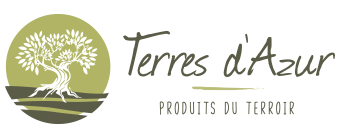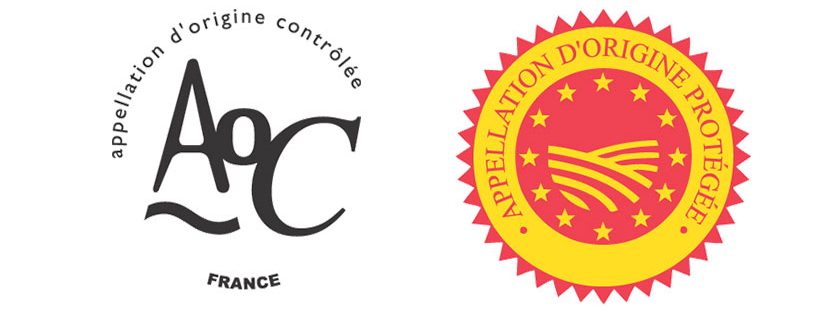Originally…
It is historically to fight against fraud that was gradually built, from the beginning of the twentieth century (law of 1905), the concept of Appellations of origin.
A decree-law of 1935 relating to the defense of the wine market has created the Controled Designation of Origin, applicable to wines and spirits. Their field was opened to all agricultural and food products in 1990. Later, the French policy of valorization of the agricultural products inspired the development of a European regulation, which established in 1992 the concept of PDO, European equivalent of the CDO, for products other than wines and spirits, and extended it to wines in 2009. Since then, the PDO covers all European wines and agri-food products whose production, the transformation and development are carried out in a given geographical area, according to a recognized know-how and a particular specifications. In order to clarify the offer to the consumer, since 1 January 2012, once registered at European level, the products concerned must only bear the mention PDO, only the wines are authorized to bear the French Protected Designation of Origin (CDO)
P.D.O: Protected designation of origin. Protected designation of origin (PDO) means a product whose main stages of production are carried out according to recognized know-how in the same geographical area, which gives its characteristics to the product. It is a European sign that protects the name of the product throughout the European Union. The rules for drawing up a PDO are entered in a specification and are subject to control procedures, implemented by an independent body approved by INAO.
C.D.O: Controlled Designation of Origin. The controlled designation of origin designates products that meet the criteria of the PDO and protects the denomination on the French territory. It is a step towards the PDO, now a European sign.
It is the notion of terroir that founds the concept of Appellations of Origin.
A terroir is a particular geographical area where production derives its originality directly from the specificities of its production area. A defined area in which a human community has built a collective know-how of production over the course of its history, the terroir is based on a system of interactions between a physical and biological environment and a set of human factors. Here are the originality and the typicality of the product.
LIST OF CDO AND PDO PRODUCTS FROM THE PROVENCE-ALPES-COTE D’AZUR REGION
– Lavender essential oil from Haute-Provence
– Olive oil from Aix en Provence
– Olive oil of Haute Provence
– Provence olive oil
– Olive oil from the Vallée des Baux de Provence
– Black Muscat of Ventoux
– Broken olives from the Vallée des Baux de Provence
– Black olives from the Vallée des Baux de Provence
-Brousse de Rove (in the course of homologation)
-Picodon
-Lavander of Haute Provence
-Tricastin black truffle
– Aix en Provence
-Côtes de Provence (Sainte-Victoire, Fréjus, La Londe, Pierrefeu)
– Coteaux Varois in Provence
– Bandol
– Baux de Provence
– Bellet
– Cassis
– Palette
– Côtes du Rhône CDO without village denomination
– Côtes du Rhône CDO with village name: Cairanne, Gadagne, Massif Uchaux, Plan of God, Puyméras, Roaix, Sablet, Seguret, Valréas, Visan
– Côtes du Rhône CDO Crus: Châteauneuf du Pape, Beaumes of Venice, Gigondas, Rasteau, Vacqueyras, Vinsobres – CDO Luberon – CDO Ventoux – PDO Muscat Beaumes de Venise – PDO Natural Sweet Wines of Rasteau – CDO Pierrevert.



